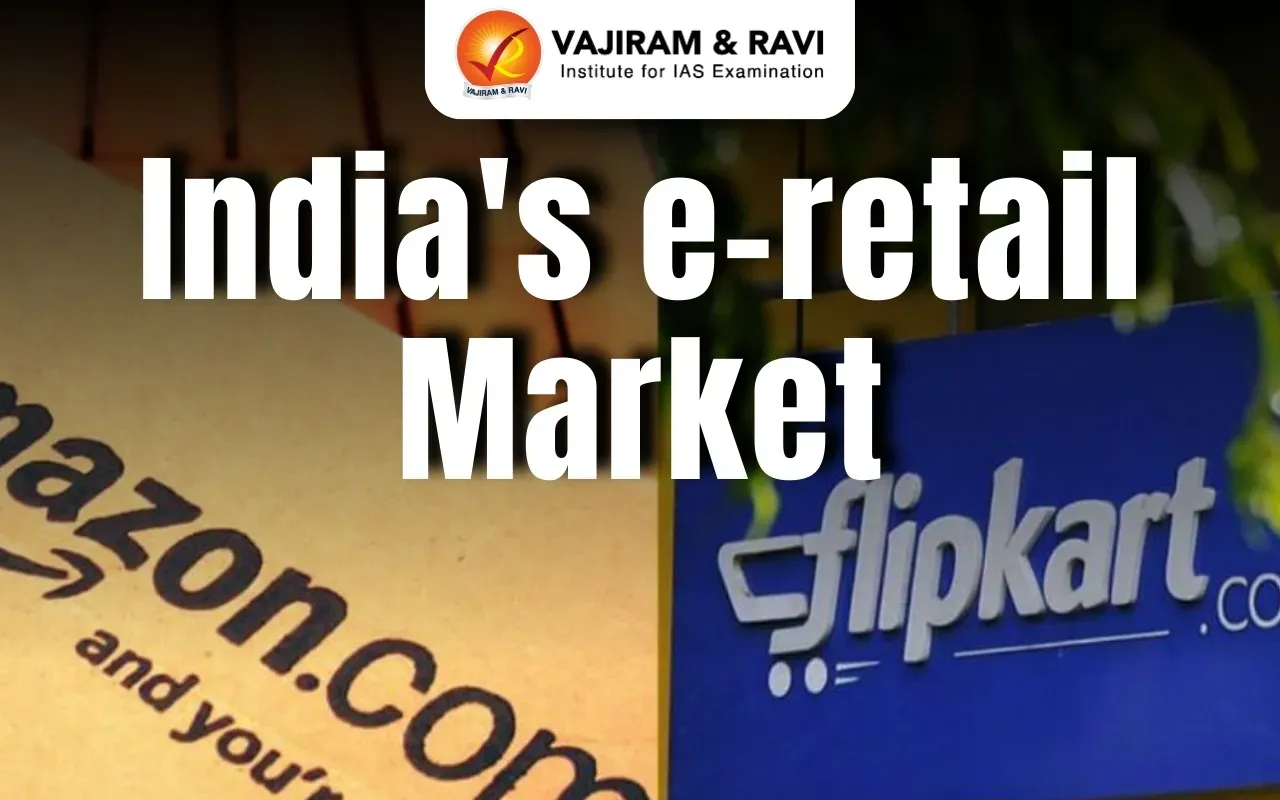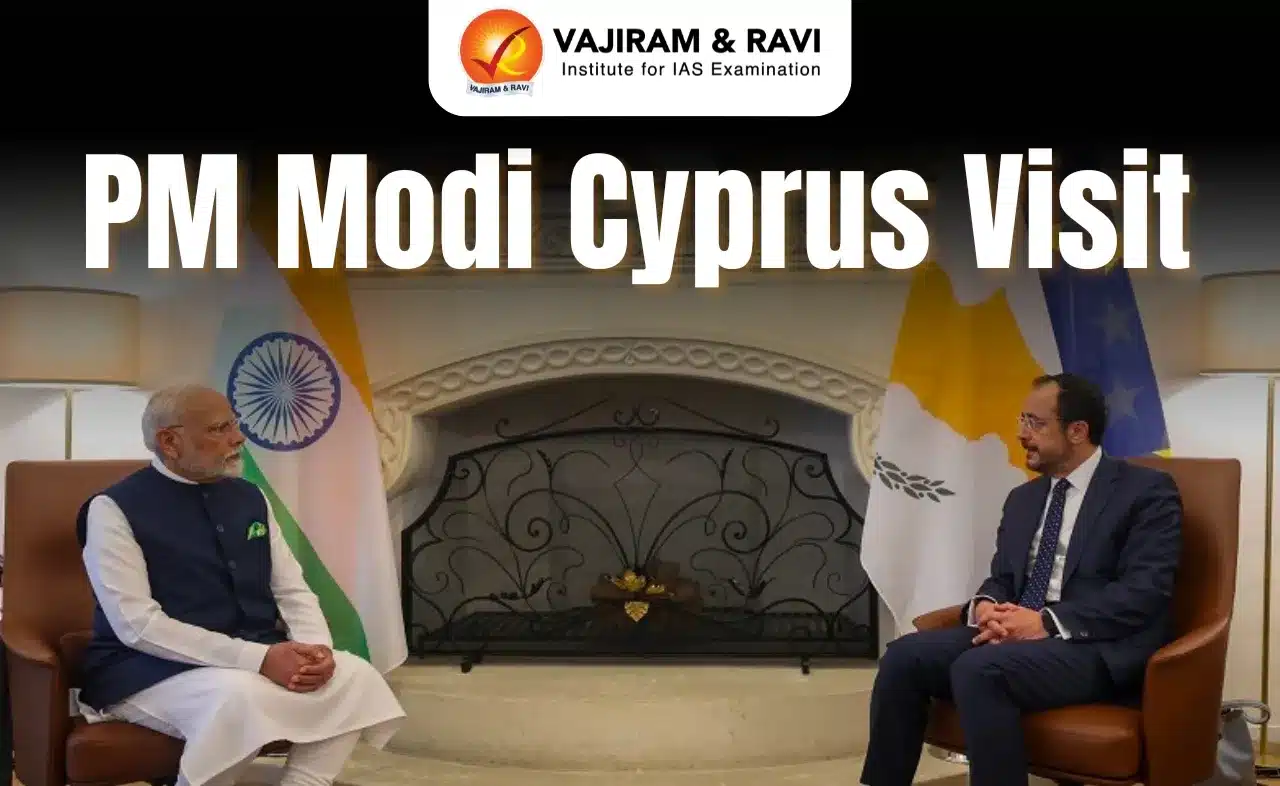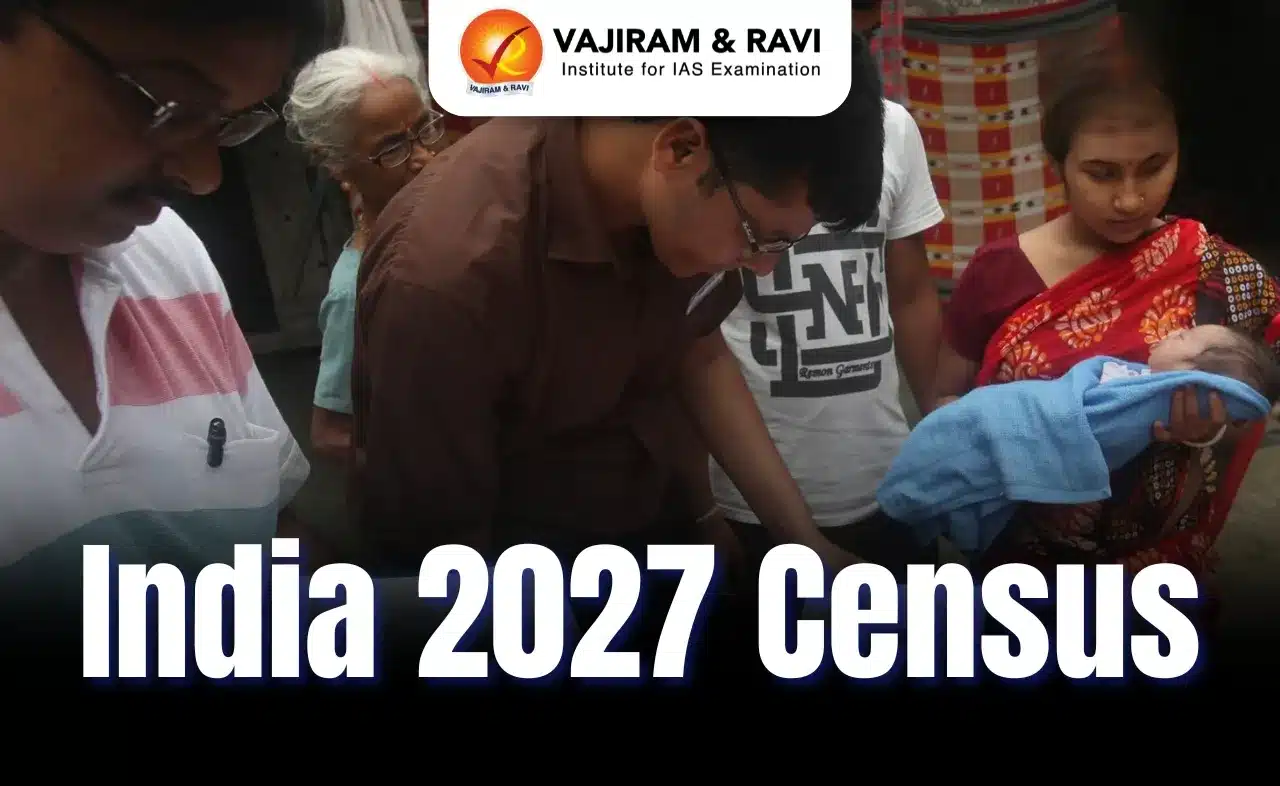What’s in Today’s Article?
- India’s e-Retail Market FAQs Latest News
- Government Initiatives Boosting E-commerce in India
- E-Retail Slowdown
- Key Drivers of E-Retail Growth
- India’s e-Retail Market FAQs
India’s e-Retail Market FAQs Latest News
- India’s e-commerce market has reached $60 billion in gross merchandise value (GMV), becoming the world’s second-largest online shopper base.
- GMV is the total value of merchandise that’s sold over a given period through a customer-to-customer (C2C) exchange site.
- However, growth slowed to 10-12% in 2024, down from the historical 20%, due to higher inflation and stagnant real wages, according to a Flipkart-Bain report.
- Despite short-term challenges, long-term prospects remain strong, driven by three key trends: quick commerce, trend-first commerce (especially in fashion), and hyper-value commerce.
Government Initiatives Boosting E-commerce in India
- Digital Infrastructure & Policy Support
- The Indian government has launched key initiatives like Digital India, Make in India, Start-up India, and Skill India, driving e-commerce growth.
- The Government e-Marketplace (GeM) has surpassed ₹4 lakh crore GMV in FY24, enhancing procurement efficiency.
- Expanding E-commerce Access
- Collaborations like CSC-ONDC (Open Network for Digital Commerce) aim to extend e-commerce to rural areas.
- The National Retail Policy focuses on digitization and ease of business, while FDI in B2B e-commerce is now allowed up to 100%.
- Regulatory & Tax Measures
- Consumer Protection (E-commerce) Rules 2020 ensure fair competition.
- 5G expansion is expected to further accelerate digital commerce adoption.
E-Retail Slowdown
- India’s private consumption growth has slowed from 11% (2017–19) to 8% (2022–24), driven by high inflation and stagnant real wages.
- This has impacted e-retail, with growth dropping to 10–12% in 2024, compared to historical rates of over 20%.
Expected Rebound and Future Growth
- Fiscal and monetary policy interventions are anticipated to revive e-retail growth, particularly from the 2025 festive season.
- By 2030, the market is expected to reach $170–190 billion, growing at over 18% annually.
- As India’s GDP per capita crosses $3,500–4,000, discretionary spending is set to rise, with nearly 1 in 10 retail dollars projected to be spent online.
Key Drivers of E-Retail Growth
- High-frequency categories like grocery, lifestyle, and general merchandise will fuel e-retail expansion, making up two-thirds of total online spending by 2030.
- E-retail penetration in these segments is expected to grow 2–4 times over this period.
Rise of Tier-3 and Smaller Cities
- Online shopping adoption is shifting from Tier-2 to Tier-3 cities, with 60% of new shoppers since 2020 coming from smaller cities.
- The Northeast has 1.2 times higher e-retail penetration than the rest of India.
- Additionally, 60% of new sellers since 2021 are from Tier-2 or smaller cities, diversifying the seller base.
Quick Commerce’s Rapid Expansion
- Quick commerce dominates e-grocery, accounting for two-thirds of orders and 10% of total e-retail spending.
- It is projected to grow over 40% annually until 2030, expanding across new categories and geographies.
Trend-First and Hyper-Value Commerce on the Rise
- Trend-first fashion is set to grow fourfold, reaching $8–10 billion by 2028, with over half of sales happening online.
- Hyper-value commerce, driven by ultra-low-price assortments, has grown from 5% of e-retail GMV in 2021 to over 12% in 2024, gaining traction among lower-middle-income consumers in smaller cities.
- Hyper-value commerce refers to a retail model that focuses on offering ultra-low-priced products to attract cost-conscious consumers.
India’s e-Retail Market FAQs
Q1. Why has India’s e-retail market growth slowed in 2024?
Ans. High inflation and stagnant real wages reduced consumer spending, causing e-retail growth to drop from 20% to 10-12%.
Q2. What are the key drivers of e-retail growth in India?
Ans. Quick commerce, trend-first fashion, hyper-value commerce, and expanding digital infrastructure fuel long-term e-retail expansion in India.
Q3. How is the Indian government supporting e-commerce?
Ans. Initiatives like Digital India, ONDC, and 100% FDI in B2B e-commerce promote sector growth and accessibility.
Q4. What role do smaller cities play in e-retail growth?
Ans. Tier-3 cities drive e-commerce expansion, contributing 60% of new shoppers and sellers since 2020.
Q5. What is the future outlook for India’s e-retail market?
Ans. By 2030, India’s e-retail market may reach $170–190 billion, driven by increasing discretionary spending and digital commerce adoption.
Last updated on June, 2025
→ UPSC Notification 2025 was released on 22nd January 2025.
→ UPSC Prelims Result 2025 is out now for the CSE held on 25 May 2025.
→ UPSC Prelims Question Paper 2025 and Unofficial Prelims Answer Key 2025 are available now.
→ UPSC Calendar 2026 is released on 15th May, 2025.
→ The UPSC Vacancy 2025 were released 1129, out of which 979 were for UPSC CSE and remaining 150 are for UPSC IFoS.
→ UPSC Mains 2025 will be conducted on 22nd August 2025.
→ UPSC Prelims 2026 will be conducted on 24th May, 2026 & UPSC Mains 2026 will be conducted on 21st August 2026.
→ The UPSC Selection Process is of 3 stages-Prelims, Mains and Interview.
→ UPSC Result 2024 is released with latest UPSC Marksheet 2024. Check Now!
→ UPSC Toppers List 2024 is released now. Shakti Dubey is UPSC AIR 1 2024 Topper.
→ Also check Best IAS Coaching in Delhi






















